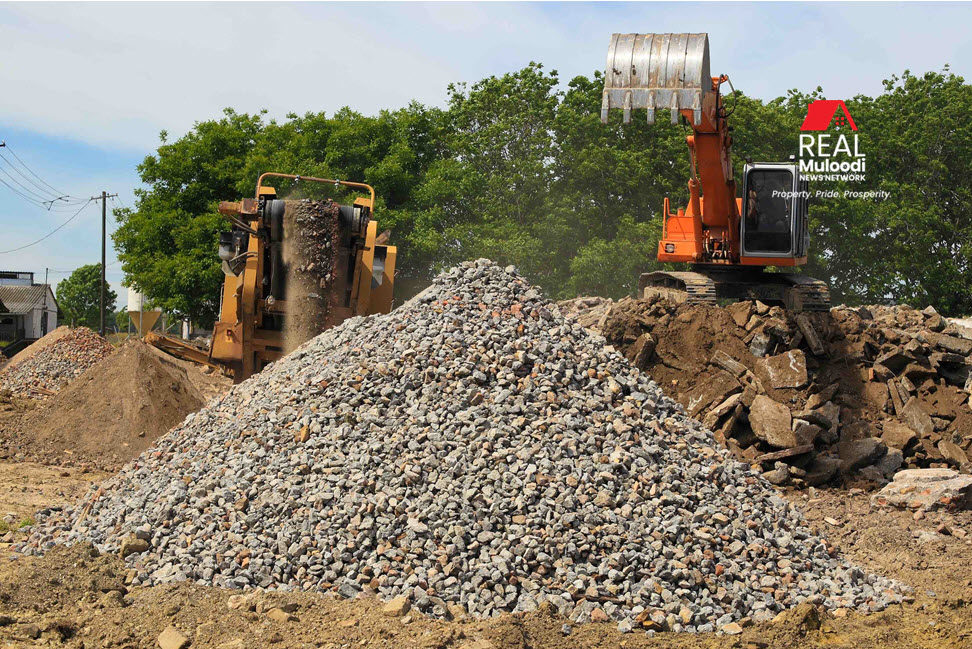UGANDA, Tororo | Real Muloodi News | As the cost of cement skyrockets in Uganda, while the demand for affordable housing also continues to rise, the construction industry is facing a crisis. This has led many property developers to look for alternative building materials that can help to reduce costs without compromising on quality. One such alternative is recycled concrete aggregate (RCA).
RCA is made by crushing and processing concrete debris. It can be used as a substitute for new aggregate in concrete mixes. The use of RCA can help to reduce the amount of new cement required, as well as providing a sustainable option for the construction of buildings.
One of the main benefits of using RCA is that it is a cost-effective alternative to new cement. As the cost of new cement continues to rise, the use of RCA can help to bring down costs for property developers.
Another benefit of using RCA is that it has been found to have similar or even better strength characteristics than natural aggregate. This means that it can be used in a variety of construction applications, including foundations, road base, and structural concrete.
Additionally, the use of RCA helps to reduce the environmental impact of construction. By recycling concrete debris, RCA helps to reduce the amount of waste sent to landfills. Concrete is not biodegradable and unfortunately, will not decompose. Rather, it sits there taking up space and causing environmental problems. Recycling also reduces the need for new natural resources.
Therefore, RCA is a sustainable construction material that is gaining popularity among construction companies, architects, and engineers. Not only does it combat the cost of cement, it is also a way of reducing the carbon footprint of construction projects and promoting sustainable development.
However, the use of RCA is still relatively new in Uganda and there are not many examples of property developments that have used it as a substitute for new cement. However, it’s likely that more and more developers will turn to RCA as a cost-effective and sustainable alternative building material in the future.
The Process of Recycling Concrete Debris into Aggregate
Crushing and processing concrete debris involves several steps, including:
- Sorting: Concrete debris is sorted by size and type, such as rebar or wire mesh, which are removed and recycled separately.
- Crushing: The concrete is then crushed using a jaw crusher, cone crusher, or impact crusher to reduce the size of the debris.
- Screening: The crushed debris is screened to remove any impurities or contaminants.
- Wash: The screened debris is then washed to remove any remaining impurities.
- Final Processing: After washing, the recycled concrete aggregate is ready for use. It can be used as a base material for roads or as aggregate in new concrete.
These steps may vary depending on the specific process and equipment used.
Business Opportunity
The use of recycled concrete aggregate (RCA) as a substitute for new cement is a promising solution for property developers in Uganda. It can help to reduce costs and environmental impact of construction, while still maintaining the quality of the building. As the cost of new cement continues to rise and environmental concerns become more pressing, it’s likely that more and more developers will turn to RCA as a sustainable alternative building material.
Therefore, recycling concrete debris into RCA is a business opportunity with a growing demand in Uganda. The country’s construction industry is rapidly growing and generating a significant amount of concrete debris which can be recycled and used for various construction projects.
READ MORE LIKE THIS:
Cement Prices Rise as Factory Operations are Hindered by Severe Blackouts



